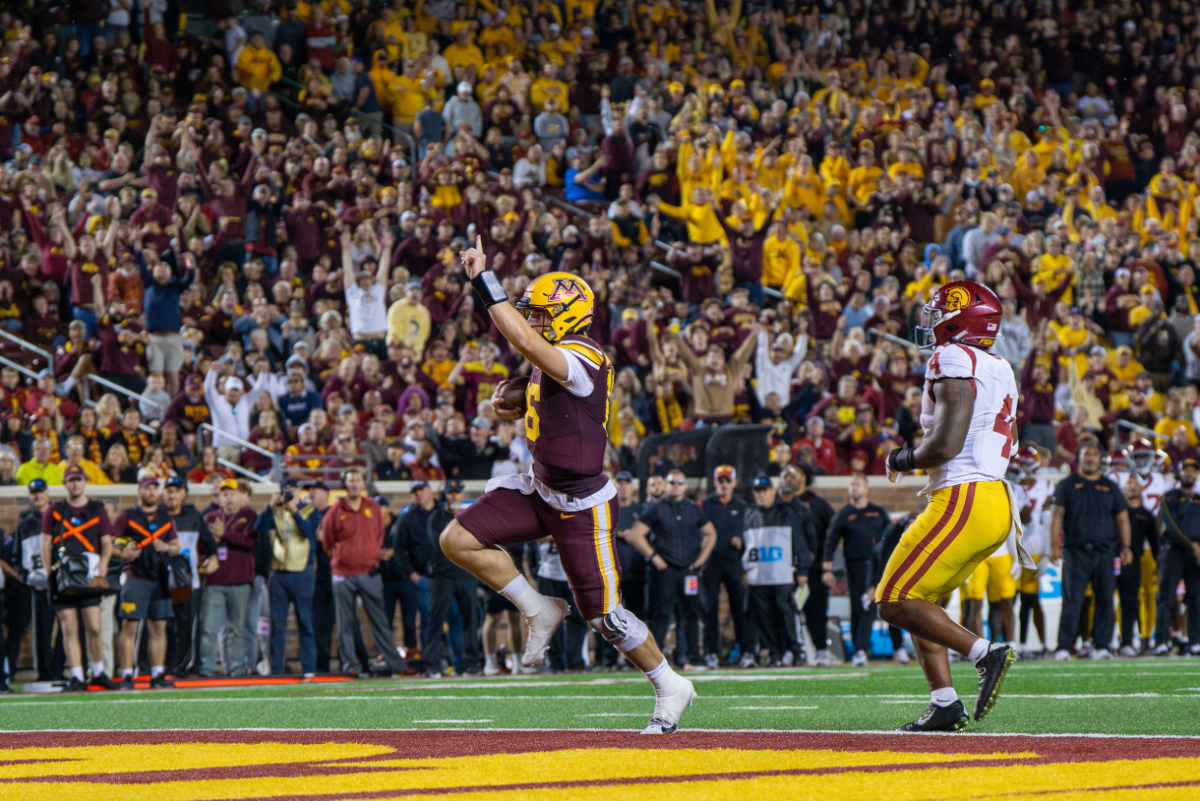With just over five weeks remaining before a major piece of health-care privacy legislation becomes law, the University is still unsure how its athletics department will be affected.
The Health Insurance Portability and Accountability Act, passed in 1996, is scheduled to become law April 14.
The law, which prohibits health-care providers from releasing medical information about patients unless the patients give consent, could prohibit schools from releasing injury information to the media.
Many universities are unclear whether their teams fall under HIPAA regulations, since most do not submit insurance claims.
Academic Health Center General Counsel Keith Dunder said the University will not finalize its determination on how HIPAA will affect sports for two or three weeks.
“It frankly hasn’t been at the front end of our work,” he said. “It’s a relatively modest issue compared to all the other medical issues at the University.”
But for athletes and trainers, HIPAA compliance could lead to a more cumbersome injury-reporting protocol.
“I don’t necessarily anticipate a lot of things changing, but we do have to go through a process to keep things the same,” said head University athletic trainer Moira Doyle. “It’s really putting the burden on the student-athletes.”
Some schools have responded to potential changes by issuing an injury gag order.
Football teams around the country stopped releasing detailed injury information last season, and UCLA elected not to disclose injury information on men’s basketball player Cedric Bozeman when he injured his right shoulder last month, sparking rumors that the sophomore guard left the team.
HIPAA requires athletes to sign waivers before trainers can see their medical records. Because the law could minimize the communication they have with athletes, trainers fear information leaks about injuries to gamblers.
“We certainly hope to increase sensitivity about injury information among coaches and athletes,” Doyle said. “There’s always going to be a market for medical information, so you have to be on a little bit of an honor system.”
At Minnesota, trainers are attempting to comply with HIPAA while avoiding the speculation created by a lack of information.
“We’re going to try to be as cooperative as possible with reporting injuries to the media,” Doyle said. “We like to have a formal injury distribution that is accurate.”
Department of Health and Human Services spokesman William Pierce said the information released to the media does not necessarily have to change in college sports.
“There aren’t any hurdles in place for amateur athletes,” he said. “Might the universities have to take an extra step? Yes. But it’s still possible to comply with the rule and get the information out there.”
Doyle said the biggest change HIPAA will cause in Minnesota’s athletics department is in how injury information is transmitted.
Because HIPAA violations cost $100 per infraction and could cost the department up to $25,000 in a calendar year, Doyle said policies for information-sharing by phone and e-mail are being reviewed.
She said the department is also looking at the way it records injuries to minimize any chance of information leaking.
“We have to implement changes in the way we get injury information to coaches,” Doyle said. “We want to be respectful of their right to know, but with phones and computers, that information can fall into the wrong hands.”
When HIPAA takes effect next month, the average fan probably won’t know the difference. Since there is no formal NCAA standard for reporting injuries, the information released to the public might not be any different than it is now.
But for administrators, trainers and athletes across the country, becoming HIPAA-compliant will at least call for a thorough review of current policies and procedures.
Ben Goessling welcomes comments at [email protected]







